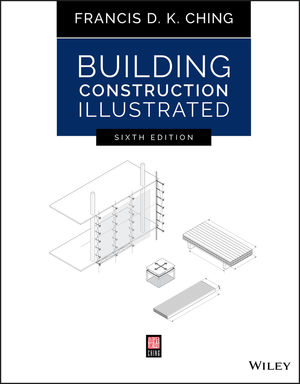The White House is launching a multi-agency initiative aimed at modernizing state, local, tribal and territorial building codes and standards. The initiative is geared toward improving building energy performance as well as community resilience to extreme weather events and other effects of the climate crisis.
Announced on June 1, the first day of the Atlantic hurricane season, the initiative cites Federal Emergency Management Agency studies that show nearly two out of every three U.S. communities have not adopted the latest building codes. These localities, many of which are in historically underserved areas, face increasing vulnerability to events such as floods, tornadoes, tropical cyclones and wildfires. The White House announcement also cited a 2019 National Institute of Building Sciences report that found investments in building code adoptions netted significant savings through reduced damage and faster recovery.
Specific agency efforts include FEMA’s new Building Codes Strategy, which will integrate and—where legally permissible—require current building codes in its programs, policies and guidance; strengthen partnerships with other federal agencies, other levels of government, non-government organizations and the private sector; and target outreach, education, and technical support efforts to increase building code adoption in underserved and vulnerable communities.
In addition, the Department of Energy is establishing a program to support sustained state code implementation efforts, the creation of union jobs, and the advancement of environmental justice priorities.
The initiative also requires federal agencies to update their building construction funding and technical assistance programs to incorporate the latest consensus-based codes, while also identifying opportunities to exceed those standards. For example, residential properties newly constructed or substantially rehabilitated using U.S. Department of Housing and Urban Development 2020 and 2021 Community Development Block Grant-Disaster Recovery funds will be required to achieve increased resilience and energy-efficiency standards. HUD will also seek to require above-code green and resilient construction standards in its assisted housing programs wherever feasible, especially in competitive funding announcements.
Dominic Sims, CEO of the International Code Council, commended the administration for leading “a comprehensive effort” to ensure federally-assisted construction is safer and more sustainable, while also supporting communities in enhancing their resilience.
“It’s the first step towards breaking the cycle of damage and repair,” Sims says. “And it will help assure communities across the country get the resources they need to strengthen construction in the face of growing hazard risk.”
The non-profit Institute for Market Transformation cited the importance of ensuring all U.S. communities adopt updated building and energy codes for new residential construction.
“The lagging adoption of new codes is hurting residents, especially those who don’t have the means to improve their spaces or those who are renting,” says Amy Boyce, IMT’s associate director of codes and technical strategy. “By helping jurisdictions modernize their codes and by upgrading federal buildings, this initiative can help make communities more resilient and energy more affordable well into the future, providing a strong return for federal and private dollars.”
The building code modernization initiative builds on previous Biden administration efforts to strengthen resilience and energy efficiency standards across the federal building portfolio. Those efforts include requiring that all new construction and modernization projects above 25,000 sq ft be designed to net-zero emissions as of fiscal 2022, and implementation of the Federal Building Performance Standards, which call for a net-zero emissions federal building portfolio by 2045, and a 50% emissions reduction by 2032.







